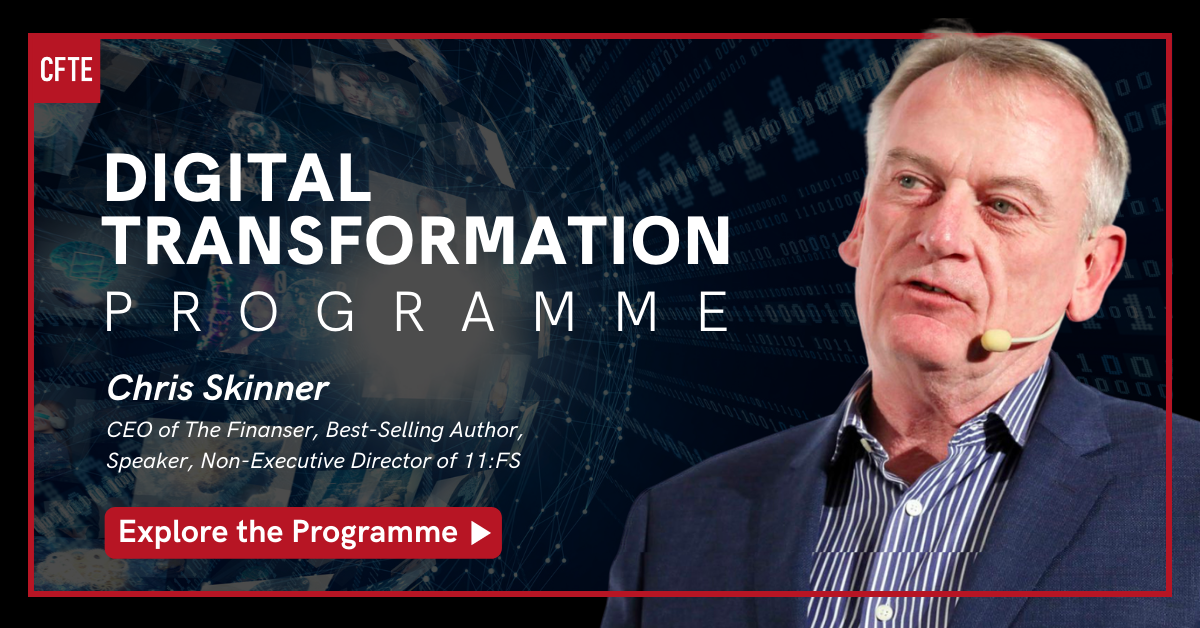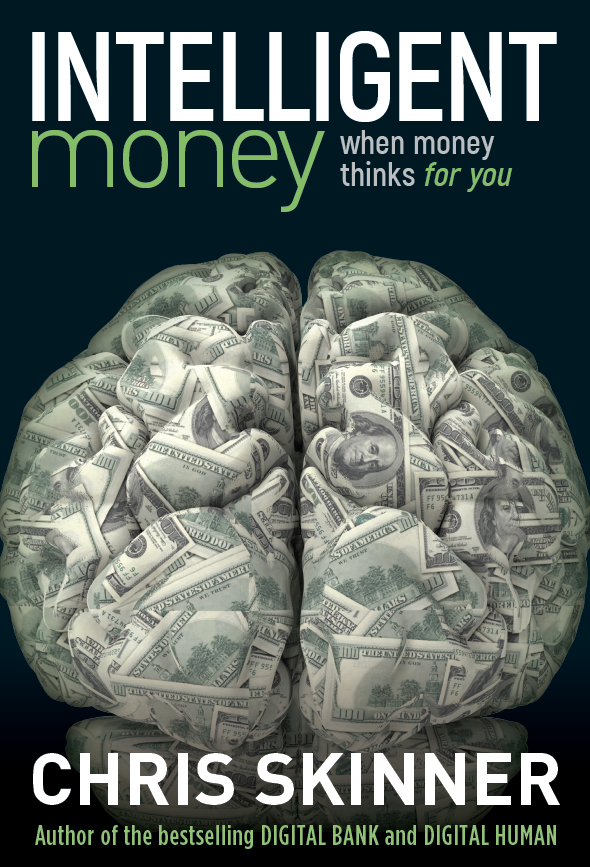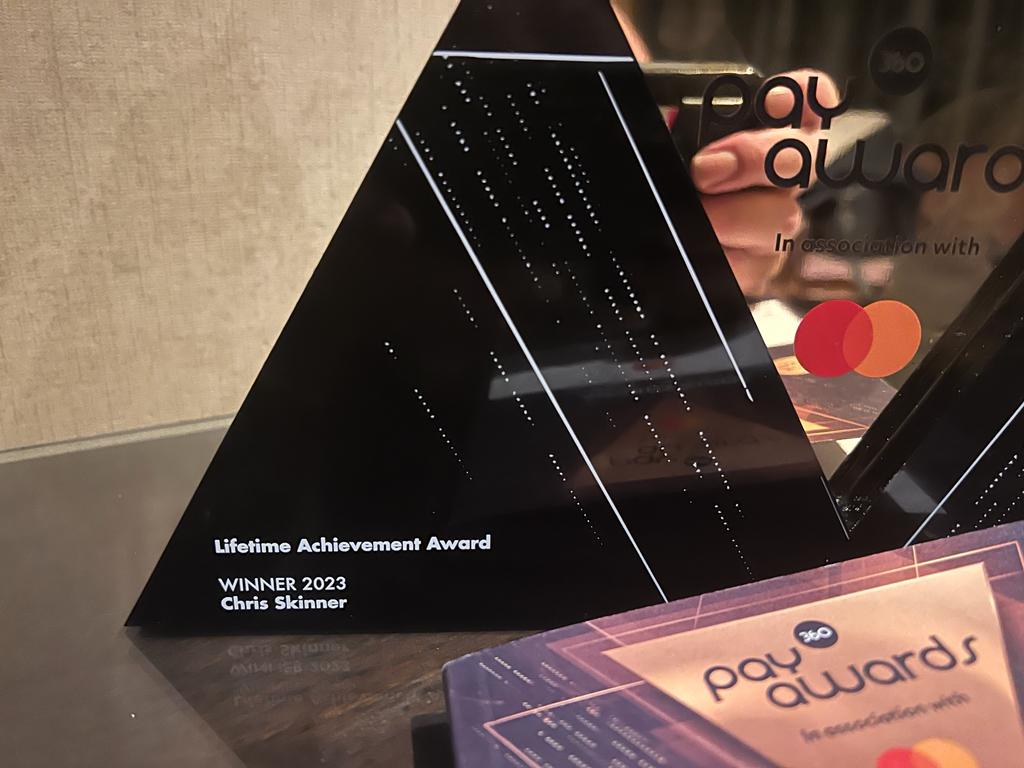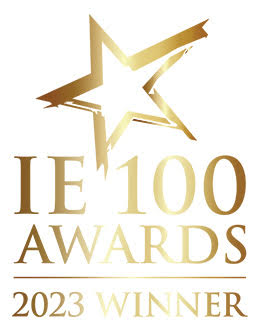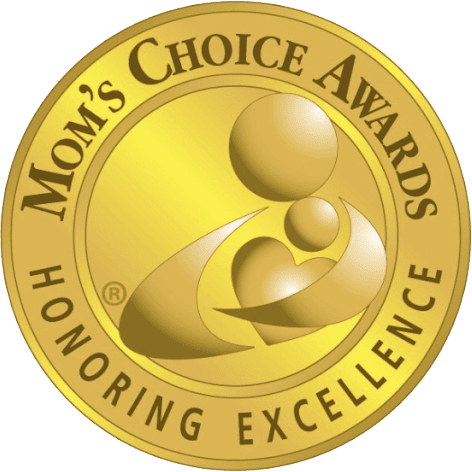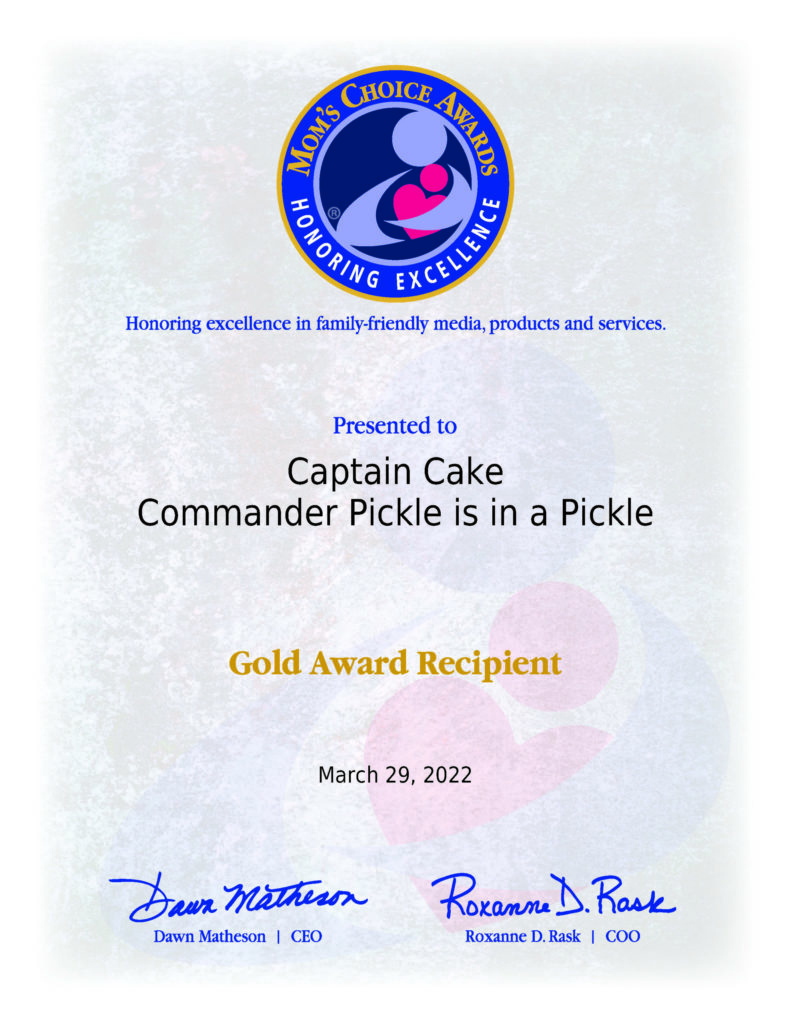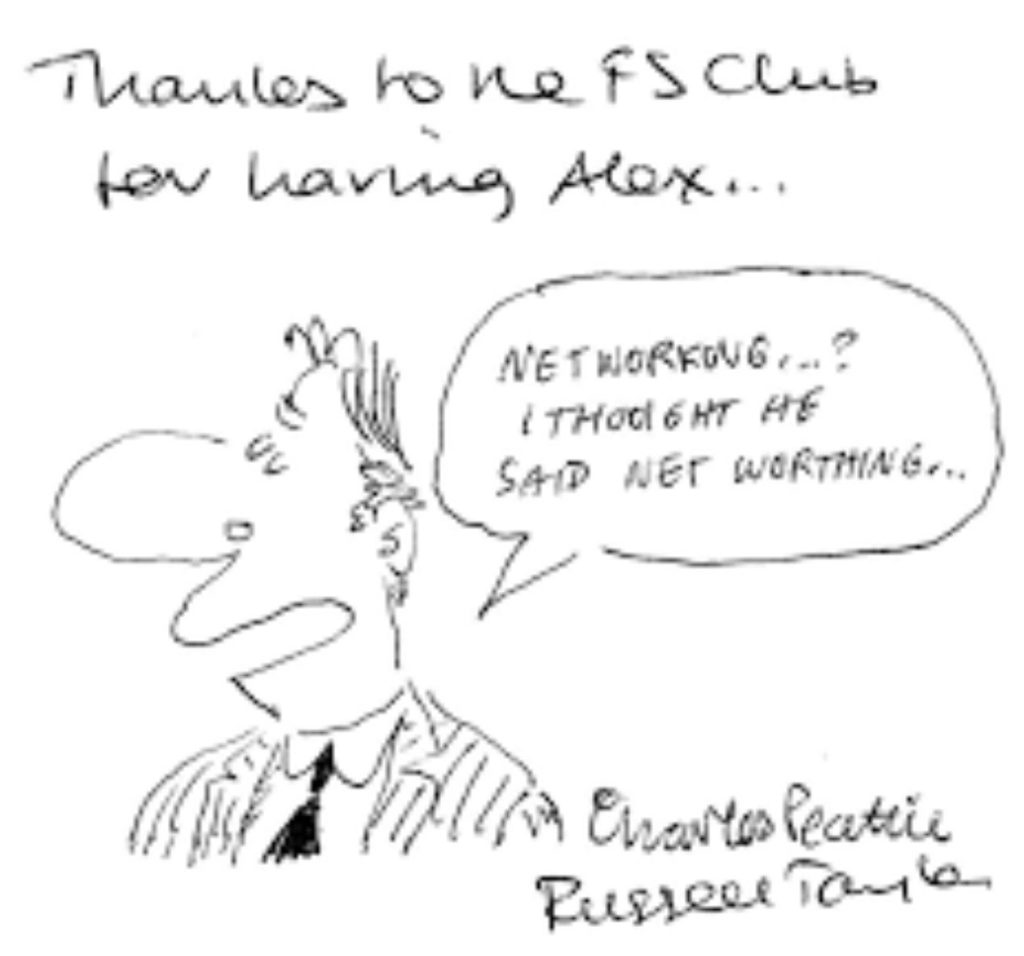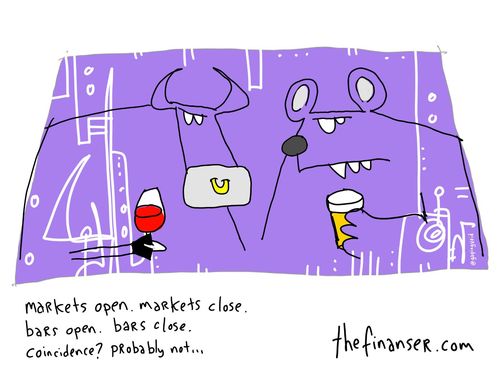
I recently blogged about less cash and less branches, rather than cashless and branchless, and thought I’d follow it up with two quick stories.
First, is my experience in New York this week.
Went to the ATM and, as usual, my bank blocked me using my card as it was in the USA and not in some backwater in the Middle East (my usual hangout).
Trouble was that I’d gone out touring for the day and had no cash, only one cash card, no phone and no way of clearing the problem.
[In fact, it would have been worse than that, if not for Skype, as the five minute telephone call to clear the security flag would have cost me $10 to make – my bank is so last century]
Shoot.
Luckily I had one other card in my pocket.
A credit card.
Could I survive for a day in New York with no cash?
My heart was racing and my head was hurting but, amazingly, no trouble at all.
Everyone accepted the credit card, even for a coffee or newspaper.
I used it in a church, on a boat, in a taxi and even with a small merchant selling stuff on the street using Square.
Faberdoozy.
When I got back to the hotel room that night, I realised that the cash thing is in the heart, not in the head.
There is no issue in being cashless, except in the mind of the luddites like me who feel they need cash.
Without cash, I worry about how I’m going to get by.
My friend who was with me that night said it was just an age thing as their kids have no issue in being cashless.
Maybe so.
And maybe that’s what we believe about branches.
It’s an age thing.
According to recent research by Novantas, most 18 to 29 year olds (64%) prefer to use remote channels for the majority of their bank transactions, compared to the minority (37%) of over 55’s.
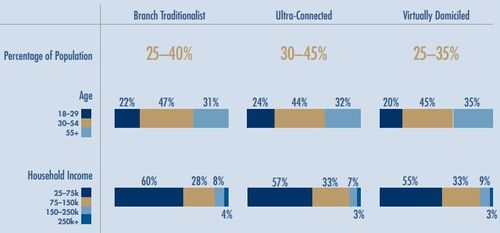
But then they find that the overwhelming many – 92% – of general bank customers want branches. Even the ones who use all the tech stuff that Novantas call the “virtually domiciled”, want branches near their home as the second most important factor in choosing their bank. 78% believe this important, with only user-friendly online banking being more important (86%).
That’s a transitional point.
It’s a transition point that says, like cash, we need this stuff to reassure ourselves we can pay (cash) and get our money back (branch).
I wonder how long it will take for that attitude to change?
Chris M Skinner
Chris Skinner is best known as an independent commentator on the financial markets through his blog, TheFinanser.com, as author of the bestselling book Digital Bank, and Chair of the European networking forum the Financial Services Club. He has been voted one of the most influential people in banking by The Financial Brand (as well as one of the best blogs), a FinTech Titan (Next Bank), one of the Fintech Leaders you need to follow (City AM, Deluxe and Jax Finance), as well as one of the Top 40 most influential people in financial technology by the Wall Street Journal's Financial News. To learn more click here...





